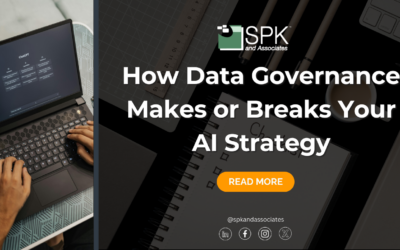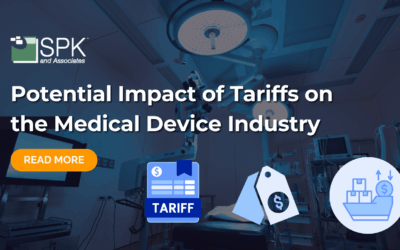As humans, we depend on feedback. Everyone likes feedback, whether a glance in the mirror, a friendly compliment or financial reward for a great job. Now thanks to the advancement of medical device design, high tech trends, and use of micro-computers, you can get immediate feedback on your bio-signs by wearing medical devices that continually monitor your body.
Of course these are not a substitute for going to the doctor, but with current medical device design trends, you can wear a computer that gives you information at your fingertips. These wearable medical devices allow you to make decisions about your daily activity level, current blood sugar and when to eat, and heart rate levels while exercising or at rest. This information can help you achieve your personal performance or wellness goals.
As medical device design trends shift, so does our opportunity to monitor and provide our own feedback. Traditionally, the only way to get medical feedback was going to the doctor’s office, or having lab work done to test blood sugar, or check heart rate for target ranges. Now with many innovative medical device designs, mini wearable devices are on the rise.
The demand is there for these devices to monitor our personal performance for medical or activity tracking. Such new devices include the FitBit (aerobic activity monitor), the Omron Pedometer (step monitor), the Glucovator, or Dexcom G24 CGM (continuous glucose / blood sugar monitors), or AliveCor (mobile heart rate monitor). It’s like having your own personal computer system to measure statistics of concern to you. Now we can truly have data at our fingertips, and use wearable medical devices designed to help make healthier choices in our daily routines.
To the professional athlete, life is about achieving peak performance to win the race. Athletes receive constant training and monitoring to operate at peak levels. Now for the non-professional athlete, this option of finding your personal feedback can be achieved using these great new medical devices. Why not let technology give you information to provide personal monitoring for you?
Many of the latest medical devices are designed with a small tracking sensor and a small display. Some devices are implanted just under the skin, and are roughly the size of a quarter. Other devices are worn on your wrist or arm, or in your pocket. Periodically, the medical device ‘senses’ or measures your body level (heart rate, aerobic or non-aerobic steps, blood sugar, etc), and displays the result on your pocket size monitor, or on your phone. These devices can store data for up to 7 days and download to your laptop so you can view monthly or weekly or daily trends.
At SPK our motto is: “Harnessing Technology to Advance Engineering and Business”. Why not harness technology to advance your own health and well-being? By using these devices you can have your own Personal Data Management system. Is this the new PDM?
It’s addicting, the more data you have at your fingertips, the more you want to know – up to the minute, real time body monitoring. How many steps did I take today? How long did I perform aerobic activity for? How many calories did I burn? Where is my blood sugar level? Have I hit my target heart-rate?
If you want to monitor for healthy targets, and focus on your personal best performance, why not use the latest in Medical Device trends and wear a device or two to help you?
Next Steps:
- Contact SPK and Associates to see how we can help your organization with our ALM, PLM, and Engineering Tools Support services.
- Read our White Papers & Case Studies for examples of how SPK leverages technology to advance engineering and business for our clients.
Ann Rieser
Senior Solution Architect, SPK & Associates







